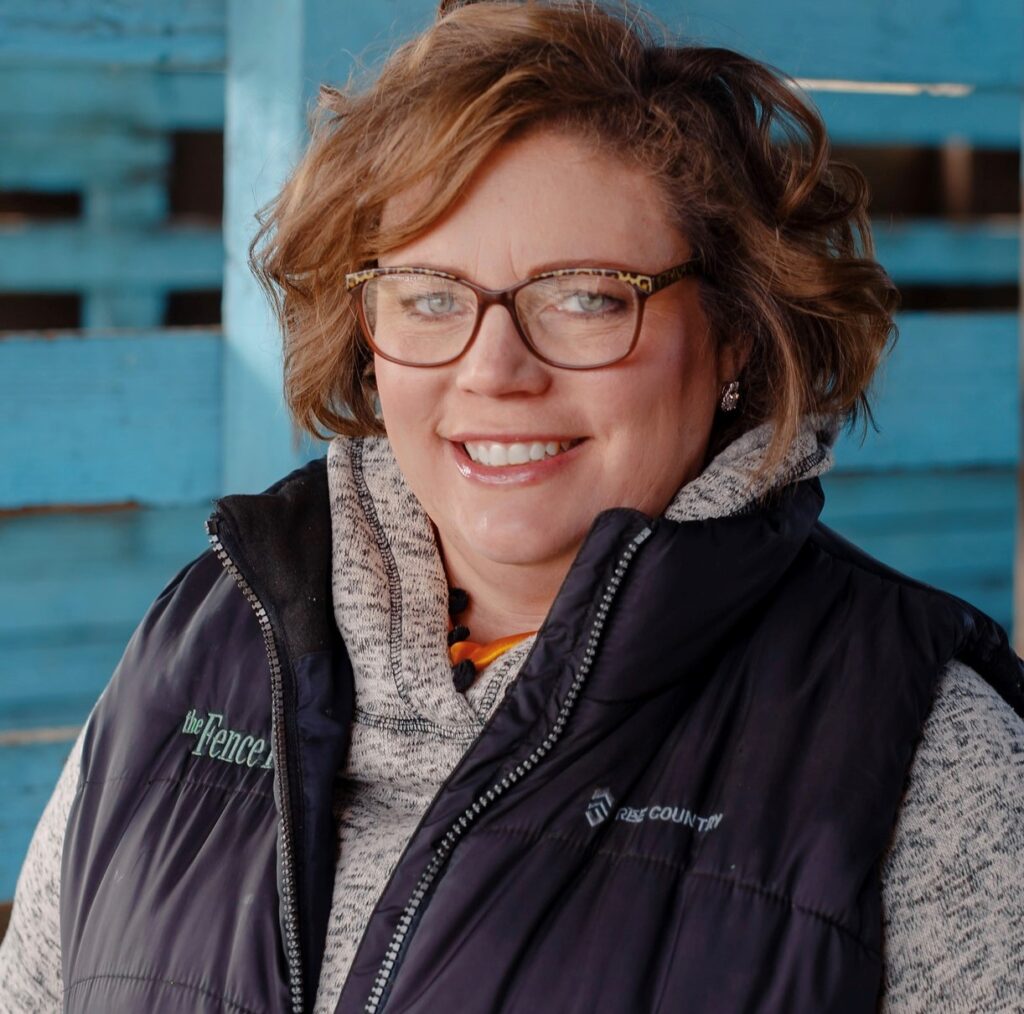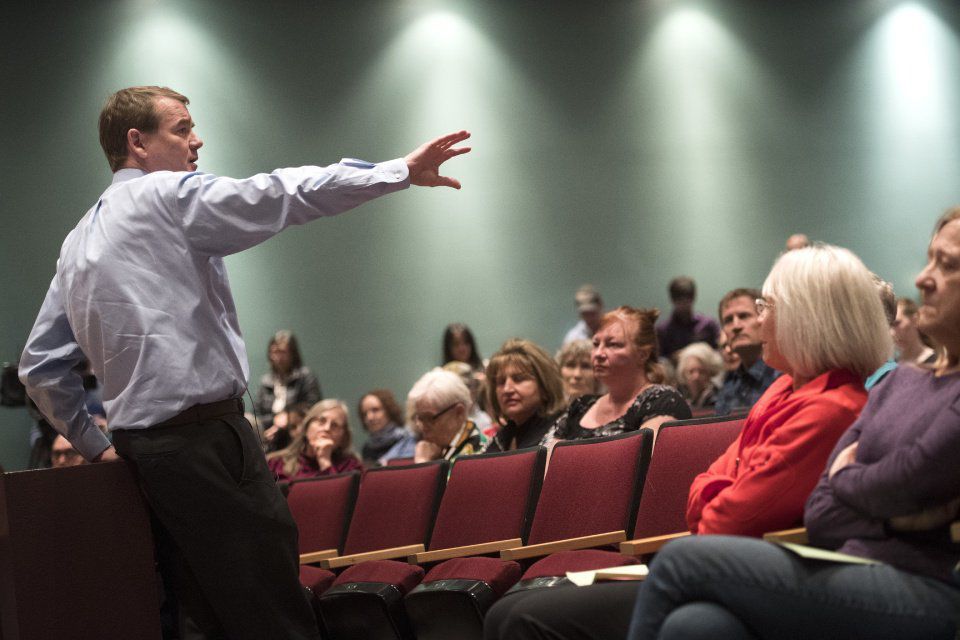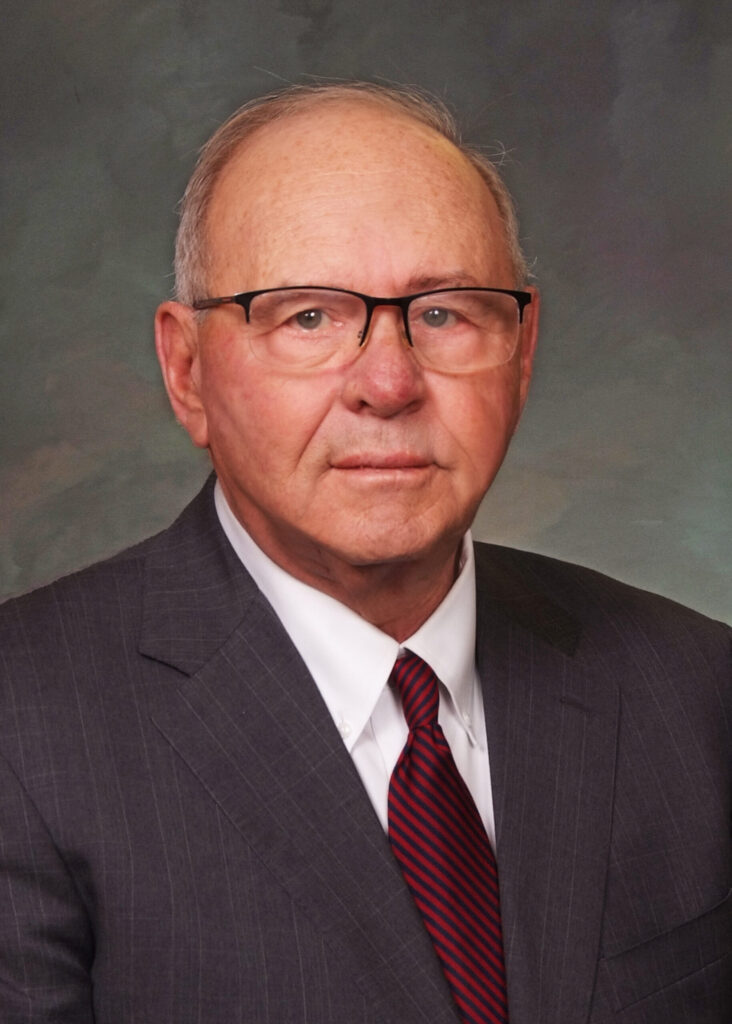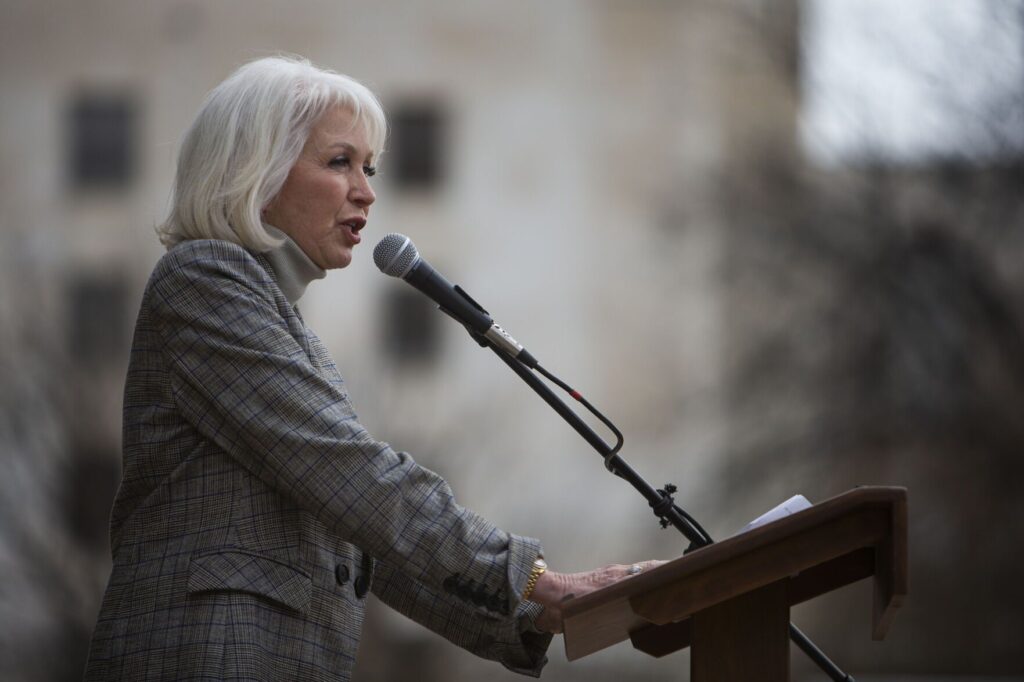Cattle ranchers, like prairie dogs, are a keystone species of Colorado | GABEL
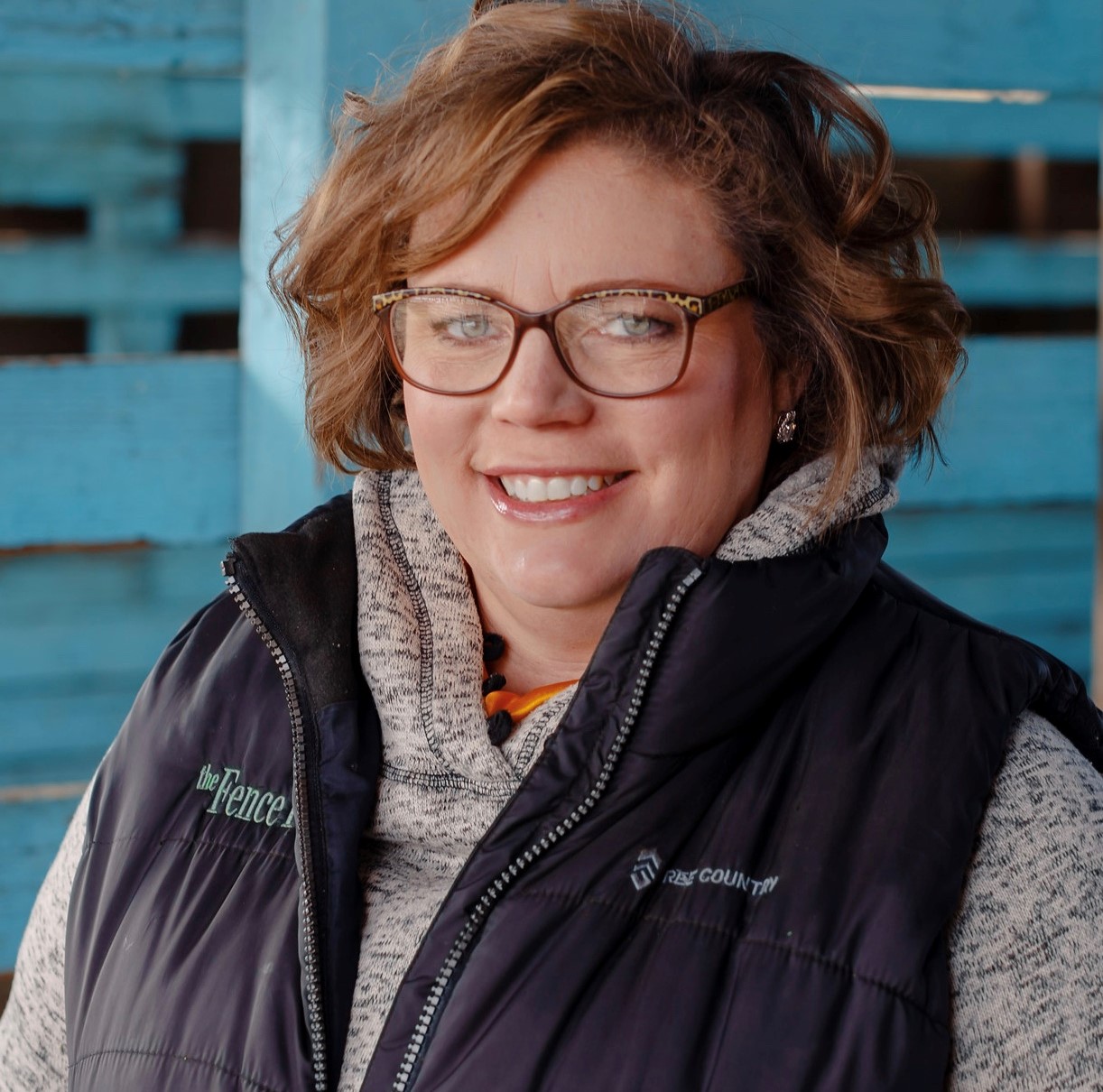
The war on private-property rights is one battle-tested ranchers in southeastern Colorado know all too well. Now, in a 1,500-page U.S. Forest Service draft assessment that seeks to inform the management of the Comanche National Grasslands in Baca, Las Animas and Otero counties, ranching and private property ownership are listed among the obstacles to management — and prairie dogs and national designations are sprinkled in the draft with infuriating frequency. In a Zoom meeting with USFS staff and the Timpas Grazing Association, permit holders on the land, USFS admitted the plan was written by a third-party contractor in Texas and that the USFS staff neither visited the area nor did they use the best available scientific data for the land.
In the early 2010s, the USDA’s National Resources Conservation Service collected data to create ecological site descriptions during the time when NRCS, Bureau of Land Management and the USFS were making a concerted effort to cooperate on rangelands with NRCS serving as the technical arm of the three to collect data in the field. From those efforts, the three agencies published the Interagency Ecological Site Handbook for Rangelands in January 2013.
Andee Leininger, owner of SECO Ranch Planning and a professional in range management as certified through the Society for Range Management, was contracted by the Timpas Grazing District to submit comments to USFS on their behalf. She said the Ecological Site Descriptions are cited fewer than 10 times throughout the 1,500-page document. Additionally, species included are to be native and established or becoming established in the plan area at the time of the draft, and many of the species listed were last noted decades ago. Had USFS depended upon the extensive, in-person range work of NRCS, the best-available science, that would have been clear.
That lengthy document, coincidentally, came with a 30-day comment period and the email notification system that was to notify interested individuals of upcoming meetings and webinars wasn’t functioning.
Of particular concern to the ranchers who graze in the Comanche and the private landowners whose boundaries touch or are even surrounded by it, is the apparent move by the USFS away from grazing. Private property owners are not an obstacle to good management by people who have never set foot on the Comanche. They are the good management, and private property rights are the last bastion between us and socialism.
One of the most laughable claims within the draft assessment that wouldn’t have embarrassed the agency had they made an in-person visit or referenced the extensive Interagency Ecological Site Handbook for Rangelands, is the claim urbanization and agriculture are responsible for “pollution, hydraulic disturbance, and physical modification of streams.” The town of Timpas is less than urbane. In fact, it is unincorporated with fewer than 10 houses. The U.S. Post Office ceased operations in 1970 and the other four towns within the zip code, Benton, Ayer, Bloom and Iron Springs, are uninhabited and have been for decades.
The draft assessment also blames agriculture for high concentrations of arsenic and manganese in the Purgatoire River, both of which are naturally occurring. The draft claims Timpas Creek is impaired for aquatic warm water life due to iron, selenium and arsenic contamination. Leininger said if the USFS is claiming the impairment is naturally occurring, the draft shouldn’t also contain a conflicting statement blaming agriculture and urbanization. If agriculture is meant to define farming, the USFS is again incorrect as grazing is the only agricultural use within the grasslands.
Korry Lewis Eathorne, whose mother, the late state Rep. Kimmi Lewis was staunch in the fight against both a historical designation that would have been detrimental to agriculture, and the Pinon Canyon Expansion, is an attorney who submitted comments on behalf of Leininger Ranch. Andee’s parents, Dr. Zane and Barb Leininger, are permitees on the Comanche. In comments for Leininger Ranch, Lewis Eathorne makes it clear the ranch vehemently objects to the USFS plans to assess the area for potential designation under the National Wilderness Preservation System or the National Wild and Scenic Rivers System that, perhaps by design, hamstring livestock grazing on multiple-use lands. National Grasslands were by definition and by statute created to promote the development of grassland agriculture. And to remove the permitees, including the Timpas Grazing Association, would devastate local economies.
The draft, on page 18, describes the alleged benefits of prairie dogs, but fails to mention their negative effects on livestock grazing. My email is rachelgabelco@gmail.com and when you email me about the plague-carrying pests, know I value ranchers as a keystone species in Colorado.
This latest effort to rewild southeastern Colorado, fill it with prairie dogs, and remove cattle will be fought by men and women with cow manure on their shoes because Colorado is currently a state that doesn’t defend its $40 billion agriculture industry. There won’t be any support from the governor’s office on this one, so the load rests on the shoulders of those feeding and fueling the state.
Rachel Gabel writes about agriculture and rural issues. She is assistant editor of The Fence Post Magazine, the region’s preeminent agriculture publication. Gabel is a daughter of the state’s oil and gas industry and a member of one of the state’s 12,000 cattle-raising families, and she has authored children’s books used in hundreds of classrooms to teach students about agriculture.





